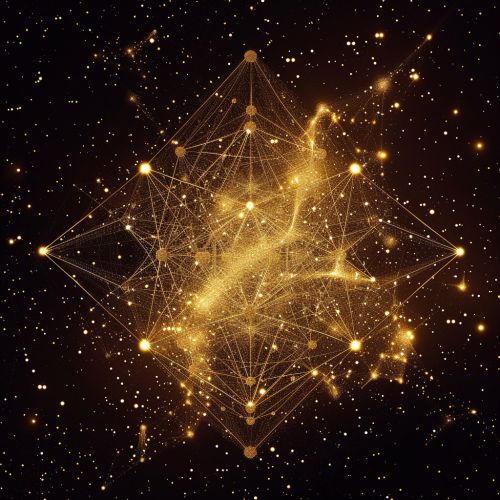Quantum Geometry
Introduction
Quantum geometry is a branch of quantum physics that attempts to reconcile the seemingly incompatible theories of quantum mechanics and general relativity. It provides a new perspective on the fabric of spacetime, proposing that it is composed of discrete, quantized units rather than being a continuous entity.


Quantum Mechanics and General Relativity
Quantum mechanics and general relativity are two of the most successful theories in modern physics. Quantum mechanics describes the behavior of particles at the smallest scales, while general relativity describes the behavior of massive objects and the structure of the universe at large scales. However, these two theories have proven to be fundamentally incompatible, leading to the need for a unifying theory. Quantum geometry is one such attempt to reconcile these two theories.
Principles of Quantum Geometry
Quantum geometry proposes that spacetime is not continuous as it is in classical physics, but is instead composed of discrete, quantized units. This idea is based on the principles of quantum mechanics, which suggest that certain properties of particles, such as their energy, are quantized. In the context of quantum geometry, this means that spacetime is composed of indivisible, smallest possible units, often referred to as "quanta of spacetime".
Mathematical Framework
The mathematical framework of quantum geometry is based on the principles of quantum field theory and loop quantum gravity. These theories provide a mathematical description of the quantum properties of fields and particles, and are used to describe the quantization of spacetime in quantum geometry.
Implications and Predictions
One of the key predictions of quantum geometry is the existence of a smallest possible length, often referred to as the "Planck length". This is a fundamental implication of the quantization of spacetime, and has significant implications for our understanding of the universe at the smallest scales.
Challenges and Criticisms
Despite its promising ideas, quantum geometry is not without its challenges and criticisms. One of the main criticisms is the lack of experimental evidence supporting the theory. Additionally, the mathematical complexity of the theory makes it difficult to make precise predictions.
Future Directions
Despite these challenges, research in quantum geometry continues to be an active area of study. Future directions include the development of new mathematical tools to better describe the quantum properties of spacetime, as well as the search for experimental evidence to support the theory.
